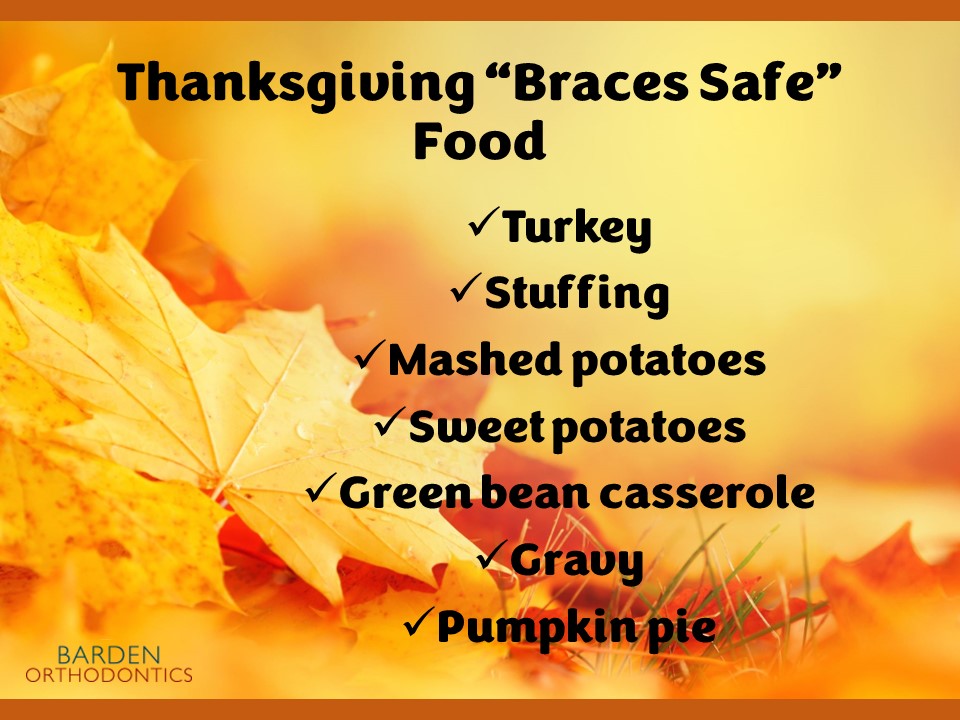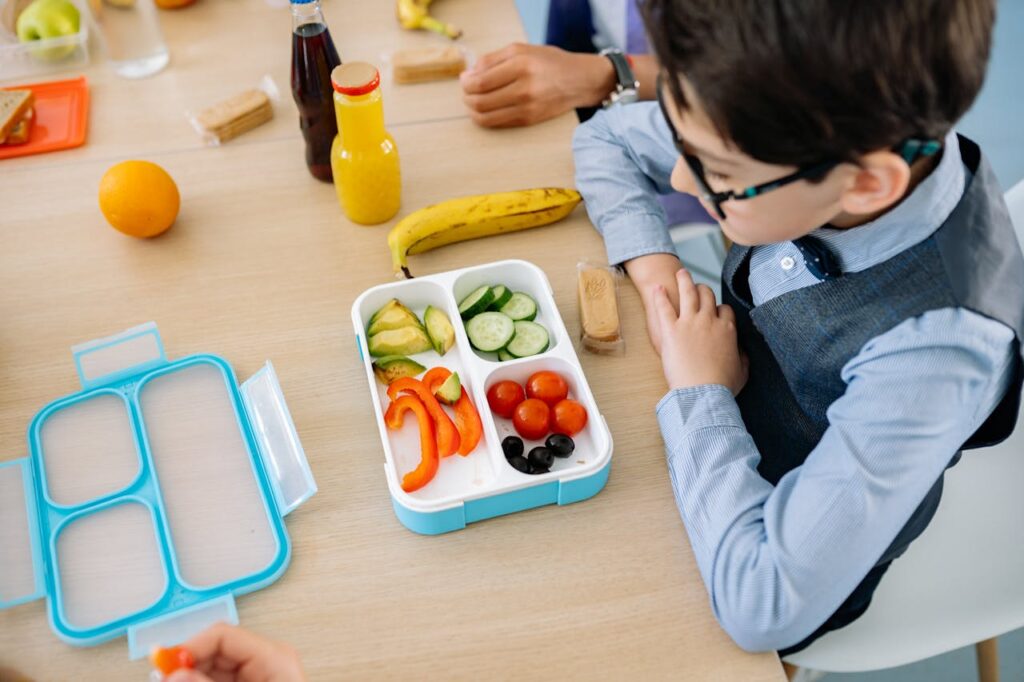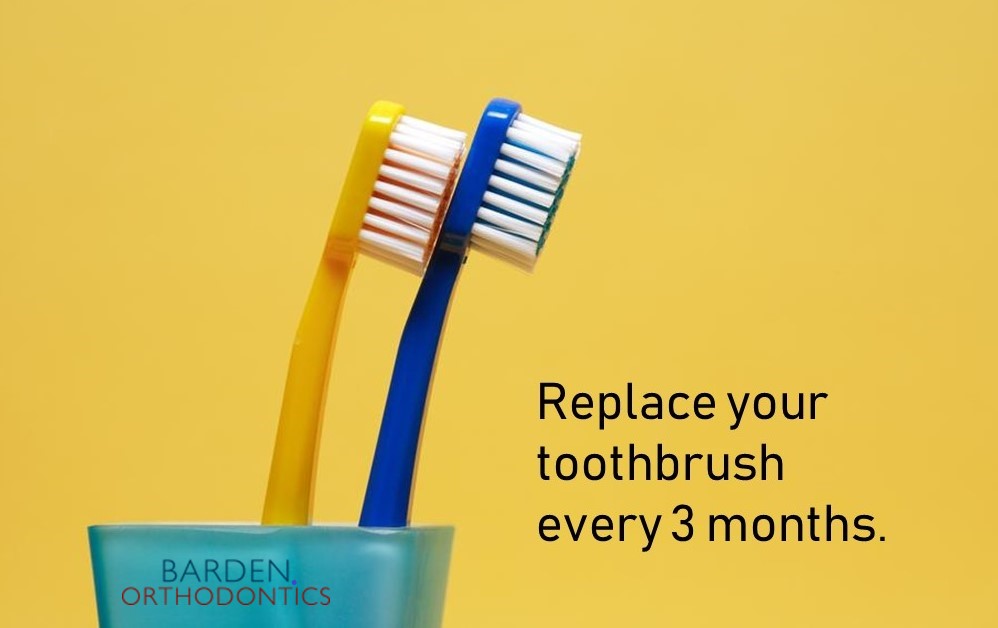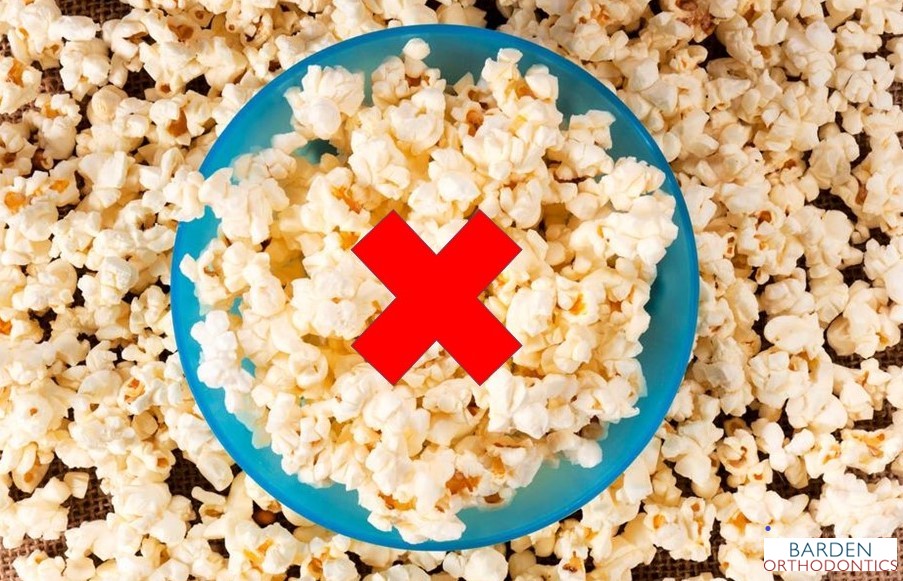Summer Smiles: Enjoying the Season with Braces or Aligners
June 5th, 2025

Summer in Milwaukee is filled with outdoor adventures, festivals, and indulging in seasonal treats. If you're undergoing orthodontic treatment, whether with traditional braces or clear aligners like Invisalign, you can still enjoy all that summer has to offer—while keeping your smile on track.
Summer brings an array of tempting foods. However, some can be problematic for those with braces. Sticky or hard foods like caramel, popcorn, and corn on the cob can damage brackets or wires. Instead, opt for braces-friendly options such as yogurt, smoothies, grilled vegetables, soft fruits like bananas and berries, or a Wisconsin State Fair Cream Puff. These choices are gentle on your appliances and still delicious.
Drinking plenty of water is essential, especially during hot summer days. Water helps rinse away food particles and reduces the risk of cavities. Avoid sugary or acidic drinks like soda or sports drinks, as they can contribute to tooth decay and staining.
Whether you're heading to the beach, camping, or a family vacation, having a travel-sized orthodontic care kit can be a lifesaver. Include a toothbrush, floss, orthodontic wax, and a small mirror. This kit ensures you can maintain your oral hygiene routine, even when camping in the beautiful Wisconsin northwoods.
Protect Your Smile During Activities
Engaging in summer sports or outdoor activities? Wearing a mouthguard is crucial to protect your teeth, braces, or aligners from potential damage.
Consistency is key. Continue to brush your teeth after every meal and floss daily. For aligner wearers, ensure you remove your aligners before eating and brush your teeth before reinserting.
Once you have finished orthodontic treatment be sure to wear your retainers to maintain your beautiful smile. Just because it is summer doesn't mean you can skip on this important part of treatment! If you are going to sleep away camp, be sure to bring the retainer with a storage case. Plan where to keep the retainer safe when not wearing!
Remember, summer is about enjoying life. With a little planning and care, you can have fun, stay on track with your orthodontic treatment, and smile confidently in all your summer photos.
For more personalized tips and information on orthodontic care, visit Barden Orthodontics. Follow us on Facebook, Instagram or X (Twitter) for more helpful orthodontic tips from Dr. Douglas Barden and his team at his Whitefish Bay, WI office.



















 Website Powered by Sesame 24-7™
Website Powered by Sesame 24-7™